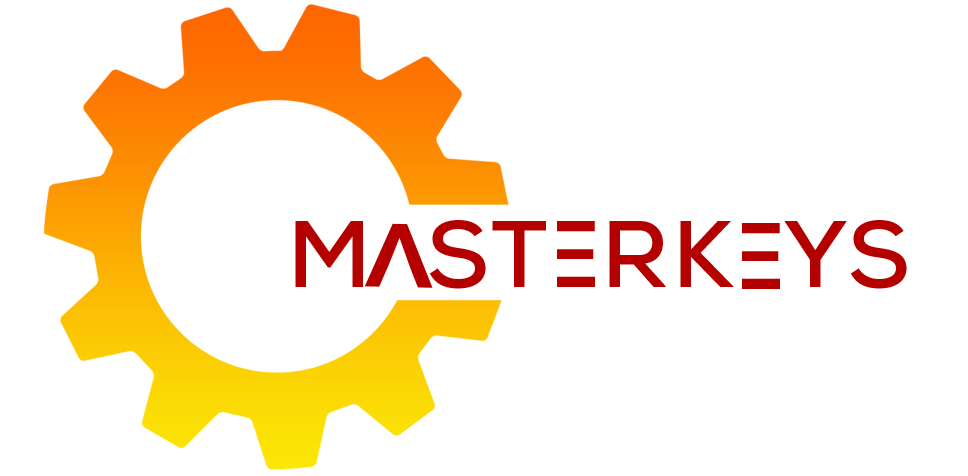
Ensuring stakeholder expectations align with actual outcomes when launching a new product is critical for project success and satisfaction. Here’s how you can achieve this:
1. Clearly Define and Communicate Objectives
- Set Clear Goals: Begin by defining the product’s goals, scope, and objectives in consultation with stakeholders. Ensure that everyone understands the desired outcomes, key performance indicators (KPIs), timelines, and deliverables.
- Regular Updates: Provide consistent communication, including project progress, potential risks, and milestone achievements through reports, dashboards, or meetings.
Example: If stakeholders expect the product to capture a 10% market share in the first year, ensure this goal is clearly documented and communicated as a key deliverable.
2. Conduct Stakeholder Analysis
- Identify Key Stakeholders: List all stakeholders (customers, investors, internal teams, partners) and understand their unique expectations, interests, and concerns.
- Engage in Regular Discussions: Involve them throughout the product development cycle to gather input and refine their expectations. Adjust the plan if any misalignments are discovered.
Example: Investors might prioritize ROI, while users focus on ease of use. By identifying and addressing these differences early, you can balance their expectations.
3. Use a Formal Requirements-Gathering Process
- Stakeholder Interviews and Workshops: Conduct in-depth interviews, focus groups, or workshops to gather detailed requirements and expectations.
- Create a Requirements Document: Document the product’s functional and non-functional requirements and get stakeholders to review and sign off on it to ensure alignment.
Example: For a software product, ensure stakeholders agree on features, user interface design, and performance benchmarks in the requirements document.
4. Apply Agile or Iterative Development
- Deliver Incrementally: Use an iterative approach, such as Agile, to provide stakeholders with regular prototypes or versions of the product. This allows them to validate progress and give feedback.
- Frequent Reviews: Holding regular sprint reviews or product demonstrations helps ensure that the evolving product meets expectations and any deviations can be quickly addressed.

Example: If stakeholders want to ensure that a particular feature works in real-world conditions, a minimum viable product (MVP) or prototype can be tested early in the development cycle.
5. Set Realistic Expectations
- Manage Expectations Early: Set realistic timelines, budgets, and feature lists. Avoid overpromising to prevent disappointment later.
- Explain Trade-offs: Be transparent about potential trade-offs between time, cost, and scope so stakeholders understand the impact of changes or adjustments.
Example: If meeting a tight deadline requires reducing the number of features, explain this early and get stakeholder agreement on prioritizing the most critical features.
6. Monitor Progress and Performance Metrics
- Track KPIs: Use metrics and data to track the progress of the product launch against the initial objectives and stakeholder expectations.
- Report Real-Time Data: Provide real-time updates on metrics such as user engagement, product performance, and sales growth post-launch to measure if the product meets expectations.
Example: If the product is a new mobile app, KPIs like downloads, user retention rates, and customer feedback ratings should be regularly shared with stakeholders.
7. Mitigate Risks and Address Issues Proactively
- Identify Risks Early: Use risk management techniques to anticipate challenges that could lead to a gap between expectations and outcomes (e.g., delays, budget overruns, technical issues).
- Communicate and Address Issues: Keep stakeholders informed of risks and corrective actions. Present solutions rather than problems to maintain trust.
Example: If unexpected technical challenges delay the launch, communicate the issue immediately, propose a new timeline, and adjust the expectations accordingly.
8. Post-Launch Review and Feedback
- Gather Feedback: After the product launch, conduct a thorough review with stakeholders to assess whether expectations were met and discuss successes, shortcomings, and improvements for future projects.
- Continuous Improvement: Use the lessons learned from the feedback to refine product features, marketing strategies, or project management processes for future endeavors.
Example: Conduct a post-launch survey with customers and stakeholders to evaluate whether the product delivered on its promises and identify areas for enhancement.
Conclusion
To ensure stakeholder expectations align with actual outcomes, it is vital to have clear communication, realistic goals, iterative feedback, and continuous engagement throughout the product development and launch process. Proactive risk management, transparency, and post-launch review also help maintain alignment and lead to a successful product launch.

Dr. Amit is a seasoned IT leader with over two decades of international IT experience. He is a published researcher in Conversational AI and chatbot architectures (Springer & IJAET), with a PhD in Generative AI focused on human-like intelligent systems.
Amit believes there is vast potential for authentic expression within the tech industry. He enjoys sharing knowledge and coding, with interests spanning cutting-edge technologies, leadership, Agile Project Management, DevOps, Cloud Computing, Artificial Intelligence, and neural networks. He previously earned top honors in his MCA.



